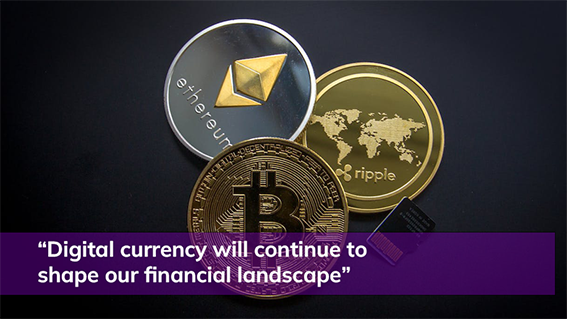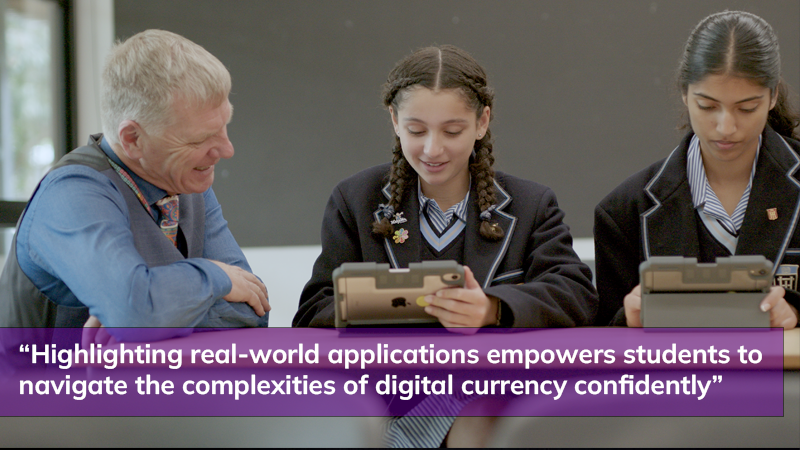Teaching Digital Currency in the Australian Classroom
Preparing Australian students for their financial future
In today’s digital-driven world, it is essential for Australian students to understand the concept of digital currency and its implications. Digital currency refers to money that exists purely in electronic form, with no physical equivalent like coins or banknotes. As this form of currency continues to shape our financial landscape, it becomes increasingly important to teach young Australians about its intricacies. Here’s a closer look at what digital currency is, the different varieties it comes in, and how we can integrate its teachings into the Australian classroom.
Understanding digital currency
Digital currency encompasses various types, including virtual currency, cryptocurrency, and central bank digital currencies (CDBCs).
- Virtual Currency: Virtual currency is a type of digital currency that can be controlled by a single entity or a network of users. Closed virtual currencies are limited to specific communities and cannot be exchanged for other currencies, such as microtransaction currencies in video games or loyalty points. On the other hand, open virtual currencies can be used more widely and converted to other currencies, like cryptocurrencies and stablecoins.
- Cryptocurrency: Cryptocurrency is a type of digital token that is created and stored on the blockchain, secured using cryptography. Unlike traditional fiat money, cryptocurrencies are not regulated by a central bank. Popular cryptocurrencies like Bitcoin and Ethereum have experienced significant fluctuations in value over short periods of time due to their volatile nature.
- Central Bank Digital Currency (CDBC): CDBCs are issued and regulated by a country’s central bank. They function similarly to cryptocurrencies but their value is fixed by the central bank, equivalent to the country’s fiat currency. The main difference is that CDBCs do not need to be connected to a traditional bank account for use, which allows for faster transactions between individuals.

Immersing students in the world of digital currency
Integrating digital currency lessons in Australian classrooms engages students through experiential learning and equips them with essential knowledge for navigating the financial landscape of the digital age. By combining hands-on experiences, clear explanations, real-life examples, and research projects, educators ensure students are prepared for success in the evolving financial landscape.
Clear and concise language is crucial when teaching digital currency concepts to help students grasp its complexities. Encouraging discussions and debates fosters critical thinking and analytical skills, enabling students to evaluate advantages and disadvantages.
Highlighting real-world applications of digital currency in Australia and globally sparks curiosity and broadens students’ perspectives on its potential. Encouraging students to delve deeper into digital currency’s history, trends, and future possibilities enhances their understanding. Assigning research projects that foster creativity and problem-solving skills empowers students to propose innovative solutions and applications.
Providing hands-on experiences with simulated or virtual environments deepens students’ understanding of how digital currency functions and its real-world applications. Experiential learning, like Banqer, helps students develop a practical understanding of the benefits and risks, enabling informed decision-making in the future.

Empowering students for financial success in the digital age
Incorporating digital currency education into Australian classrooms is essential to prepare young Australians for the evolving financial landscape. By providing clear and concise lessons, encouraging discussions and debates, highlighting real-world applications, assigning research projects, and offering hands-on experiences with simulated environments, educators can empower students to navigate the complexities of digital currency confidently. To further support educators in this endeavor, Banqer created this free resource that provides a valuable starting point for introducing digital currency concepts in the classroom.
To learn more about Banqer and how it can help engage your students in financial education, click here.